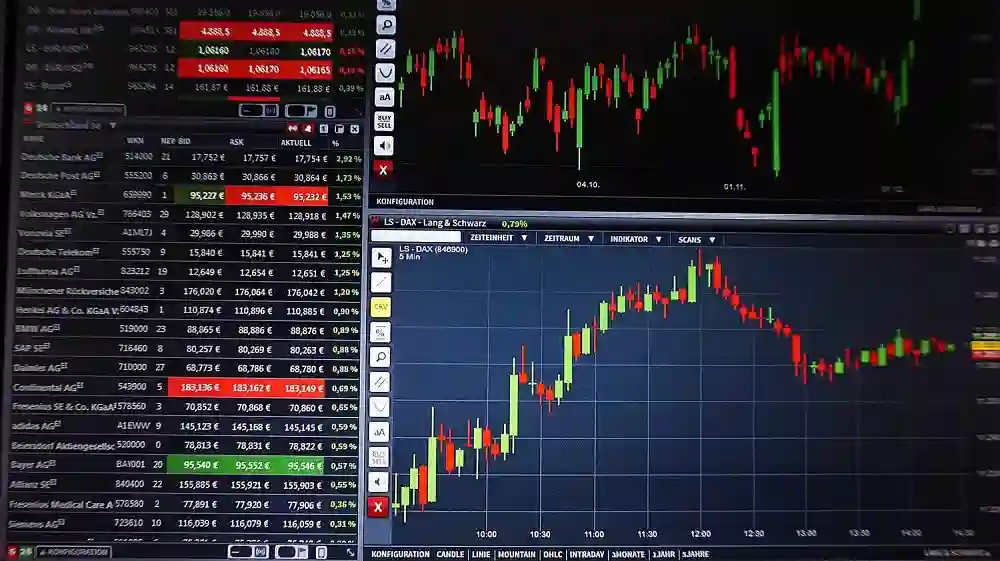In the fast-paced and intricate realm of forex trading, understanding the underlying market dynamics is essential for achieving consistent profitability. Market microstructure, which refers to the organization and mechanics of trading in financial markets, plays a crucial role in shaping price movements, liquidity conditions, and trading opportunities in the forex market. In this exploration, we delve into the intricate world of market microstructure and its profound impact on forex robot performance, uncovering how an understanding of market microstructure can enhance trading strategies and optimize performance in the dynamic forex market.
Understanding Market Microstructure:
Market microstructure encompasses the mechanisms and processes that govern the trading environment, including order flow, market liquidity, price discovery, and market efficiency. It examines how trades are executed, how prices are formed, and how information is incorporated into market prices. Key components of market microstructure include:
- Order Flow: Order flow refers to the flow of buy and sell orders into the market, reflecting investor demand and trading activity. Understanding order flow dynamics is essential for gauging market sentiment, assessing liquidity conditions, and identifying potential trading opportunities.
- Market Liquidity: Market liquidity refers to the ease with which assets can be bought or sold in the market without causing significant price movements. Liquidity is influenced by factors such as trading volume, bid-ask spreads, and market depth, and plays a critical role in determining transaction costs and the efficiency of price discovery.
- Price Discovery: Price discovery refers to the process by which market participants incorporate new information into asset prices, leading to the convergence of supply and demand. It involves the interaction of market participants, including buyers, sellers, and market makers, who compete to execute trades at the most favorable prices.
- Market Efficiency: Market efficiency refers to the degree to which asset prices reflect all available information accurately and promptly. In an efficient market, prices adjust rapidly to new information, making it difficult for traders to consistently outperform the market through active trading strategies.
The Role of Market Microstructure in Forex Robot Performance:
Market microstructure exerts a significant influence on forex robot performance, impacting various aspects of trading strategies and execution. The following are key ways in which market microstructure affects forex robot performance:
- Execution Quality: Market microstructure directly influences execution quality, affecting the price at which trades are executed and the cost of trading. Factors such as bid-ask spreads, market depth, and order book dynamics can impact execution outcomes for forex robots. By analyzing market microstructure data, forex robots can optimize trade execution strategies, minimize slippage, and reduce transaction costs, enhancing overall trading performance.
- Liquidity Management: Market microstructure provides insights into liquidity conditions in the forex market, enabling forex robot to effectively manage liquidity risk. By monitoring trading volume, bid-ask spreads, and market depth, forex robots can assess liquidity levels and adjust trading strategies accordingly. During periods of low liquidity, forex robots may adopt more conservative trading approaches to avoid adverse execution outcomes and minimize the impact of market impact costs.
- Market Impact: Market microstructure influences the impact of trading activity on market prices, known as market impact. Large trades or high-frequency trading strategies can exert significant market impact, causing prices to move in response to order flow. Forex robots must consider market impact when executing trades, especially in illiquid or thinly traded currency pairs. By analyzing historical market data and order flow dynamics, forex robots can anticipate market impact and adjust trading strategies to minimize adverse price movements.
- Price Discovery Dynamics: Market microstructure affects price discovery dynamics in the forex market, influencing how new information is incorporated into asset prices. Forex robots must be able to react quickly to changes in market conditions and adjust trading strategies based on evolving price dynamics. By monitoring news events, economic indicators, and order flow data, forex robots can identify price trends, detect market anomalies, and capitalize on price discovery opportunities, enhancing trading performance and profitability.
- Market Efficiency Considerations: Market microstructure considerations are essential for understanding market efficiency and its implications for forex robot performance. In efficient markets, prices reflect all available information accurately and promptly, making it challenging for forex robots to outperform the market consistently. Forex robots must adapt to changing market conditions, leverage information asymmetries, and identify temporary market inefficiencies to generate alpha and achieve superior trading performance.
Conclusion:
Market microstructure plays a critical role in shaping forex market dynamics and influencing forex robot performance. By understanding the intricacies of order flow, market liquidity, price discovery, and market efficiency, traders can develop more effective trading strategies and optimize forex robot performance. Incorporating market microstructure considerations into trading algorithms allows forex robots to adapt to changing market conditions, minimize execution costs, and capitalize on trading opportunities more effectively. As traders continue to navigate the complexities of the forex market, an understanding of market microstructure will remain essential for achieving consistent profitability and success in forex robot trading.


